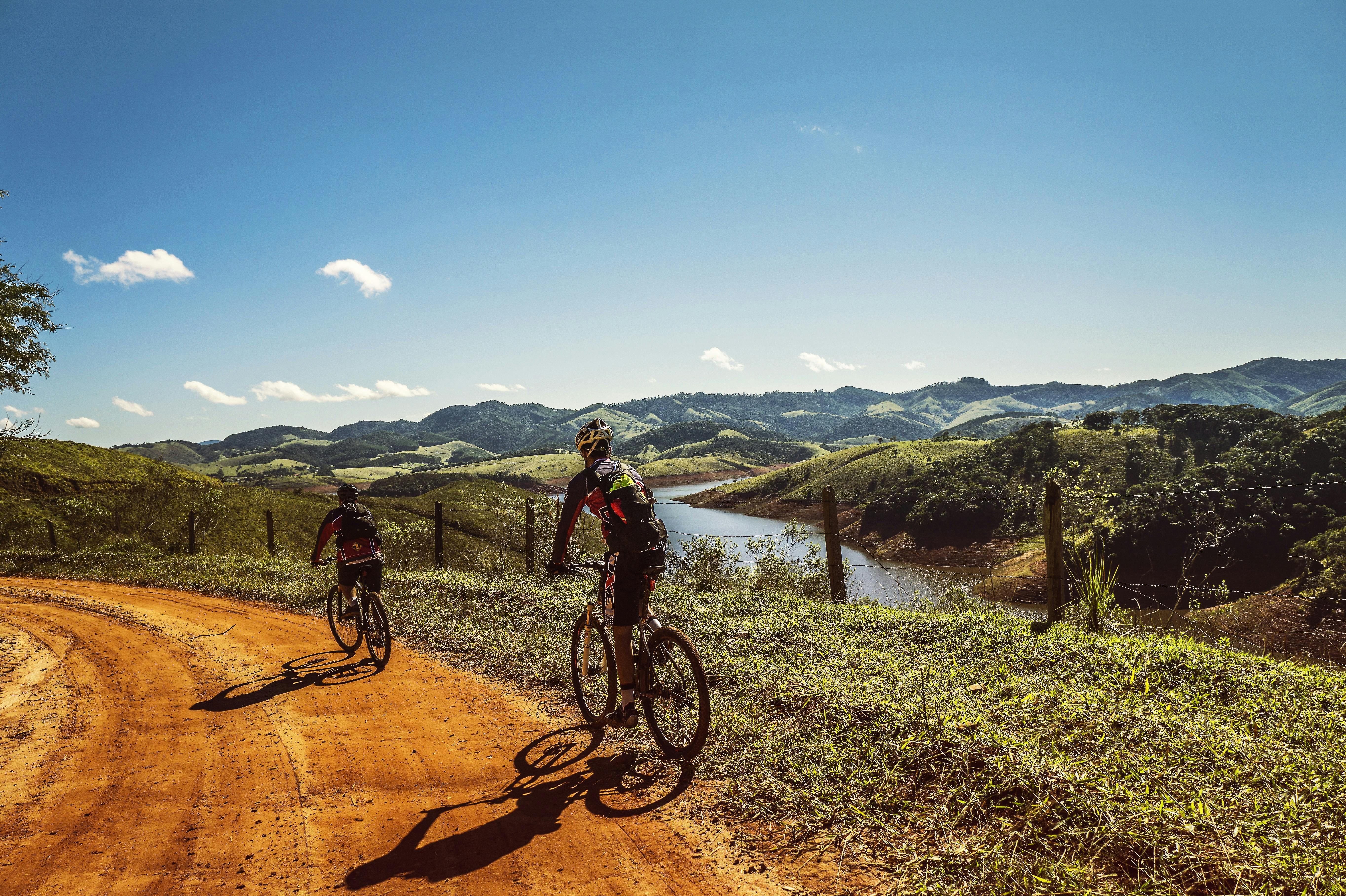The Renaissance of Bicycle Tourism: A New Era of Travel
The wheels are turning, and a new era of travel is dawning. The re-emergence of bicycle tourism is a testament to the human spirit's inherent desire for freedom, exploration, and connection with nature. Break free from the confines of conventional tourism and embark on a journey that combines physical exertion, eco-friendliness, and the joy of discovering off-the-beaten-path destinations. Let's delve deeper into the resurgence of bicycle tourism and the impact it holds for travelers and tourism alike.

A Journey Back in Time: The Origins of Bicycle Tourism
Bicycle tourism is not a new concept. Since the invention of the bicycle in the 19th century, cycling has been a popular means of transportation and recreation. The formation of cycling clubs and the introduction of cycling tours in the late 19th and early 20th centuries further popularized bicycle tourism. However, the advent of motorized transportation led to a decline in bicycle travel. The recent resurgence of bicycle tourism is a nod to its historical significance and a reflection of changing attitudes towards travel and the environment.
The Wheel Turns Again: The Resurgence of Bicycle Tourism
In recent years, bicycle tourism has made a significant comeback. This resurgence is driven by a combination of factors including growing environmental awareness, a shift towards experiential travel, and the wellness movement. Today’s travelers are seeking immersive experiences that connect them with local cultures and the natural environment, and cycling tours are a perfect fit.
The Two-Wheeled Advantage: Why Bicycle Tourism?
Bicycle tourism offers numerous advantages over traditional forms of travel. It provides a slower pace, allowing travelers to truly soak in the sights and sounds of a destination. It encourages physical activity and promotes health and well-being. Importantly, it’s eco-friendly, reducing the carbon footprint associated with travel. However, it’s not without challenges. Cycling tours can be physically demanding and require a good level of fitness. Additionally, weather conditions, terrain, and road safety are important considerations.
A Deeper Dive: The Impact of Bicycle Tourism
The impact of bicycle tourism extends beyond the individual traveler. It can stimulate local economies by promoting small-scale tourism and encouraging spending at local businesses. It can also contribute to sustainable development by promoting eco-friendly travel practices and reducing pollution and congestion. Plus, it can promote cultural exchange and understanding by fostering direct interaction between travelers and local communities.
Pedal Power: Tips for Embarking on a Bicycle Tour
- Choose the right bicycle: Consider factors like the tour duration, terrain, and your physical fitness level.
- Plan your route: Research destinations, accommodations, and points of interest along the way.
- Prepare physically: Regular exercise and conditioning can help ensure you’re ready for the physical demands of a bicycle tour.
- Pack smart: Bring essentials like repair kits, first aid supplies, and navigation tools.
- Stay safe: Wear a helmet, follow traffic rules, and stay aware of your surroundings.
In conclusion, the renaissance of bicycle tourism is breathing new life into the travel industry, offering a unique blend of adventure, wellness, and eco-consciousness. As we pedal our way into the future, it’s clear that bicycle tourism is more than just a trend - it’s a transformative travel experience that’s here to stay. Whether you’re an avid cyclist or a travel enthusiast looking for a novel experience, bicycle tourism offers a unique and rewarding way to explore the world.



